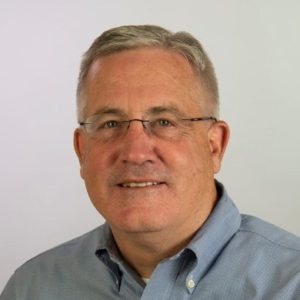EFA 2013: Lighting design strategies to improve health
Michael David White, senior lighting designer, Schuler Shook, presented a compelling argument for a new approach to lighting design within senior living environments during his session at the 2013 Environments for Aging Conference. Backed by research that was thoughtfully and clearly explained, White laid out the evidence to support a broader definition of lighting itself, drawing a distinction between “visual darkness” and “circadian darkness.”
Circadian rhythms—the biological patterns that fall within a 24-hour cycle—can play an important role in health and wellness, White explained. While this concept isn’t news to anyone in the healthcare industry, White took the specific tack of linking circadian sleep patterns with health outcomes of seniors living in long-term care environments. “Many residents’ sleep patterns are disrupted in long-term care facilities,” he said, and pointed to how sleep disruption has been linked to issues such as depression, seasonal affective disorder, and even an increased risk of type 2 diabetes and cancer. “We’ve accepted [sleep disruption] as a normal function of aging—but it doesn’t have to be."
The issue, he contended, is that light levels in these environments are typically kept low and many residents aren’t exposed to bright lights at any point during their regular day. “Evidence supports that it’s the disruption of circadian rhythms” that derails sleep patterns, he said, and “we can affect that through lighting.”
One of the more interesting points White discussed was the correlations between the blue end of the light spectrum with “circadian light,” and the white/yellow end with “visual light.” So some exposure to bluer light is necessary to maintain circadian rhythms. The fly in the ointment within senior-care facilities, however, is that with the aging eye, there’s a progressive loss of light transmission; the pupil area decreases; and there’s a progressive yellowing of the lens—which filters blue light, and reduces circadian photoreception.
So how can designers improve the situation? “We have to design the light, and we have to design the darkness,” White said, so that circadian rhythms are minimally disturbed through a “dynamic system to permit a balanced 24-hour lighted environment.” Facilities have direct control over the quantity, spectra, and duration of light exposure for residents, and these factors should be considered from the beginning of the architectural process. He suggested that light levels should be increased in all day-use areas and cited an example of a facility that carved ample skylights above common areas, supplemented by high-mounted artificial lights that could be used on overcast days. Another project relied on step lights activated by motion sensors: Patients could have a dim (but sufficient) illuminated pathway to the bathroom in the middle of the night, while caregivers could have enough visibility to do their jobs without disturbing patients more than necessary.
The trickiest part, he said, was balancing lighting rhythms with aesthetics—e.g., you can’t rely on light that’s too blue, or everyone will look ill—and lighting regulations. But, he added, “If it’s a choice between health and energy, I believe health should win.”
Loved EFA 2013? Or, missed it and wish you hadn’t? Join us for EFA 2014 May 3-6, 2014 in Anaheim! Details to come on www.environmentsforaging.com
I Advance Senior Care is the industry-leading source for practical, in-depth, business-building, and resident care information for owners, executives, administrators, and directors of nursing at assisted living communities, skilled nursing facilities, post-acute facilities, and continuing care retirement communities. The I Advance Senior Care editorial team and industry experts provide market analysis, strategic direction, policy commentary, clinical best-practices, business management, and technology breakthroughs.
I Advance Senior Care is part of the Institute for the Advancement of Senior Care and published by Plain-English Health Care.
Related Articles
Topics: Articles , Design , Executive Leadership , Housing , Operations











